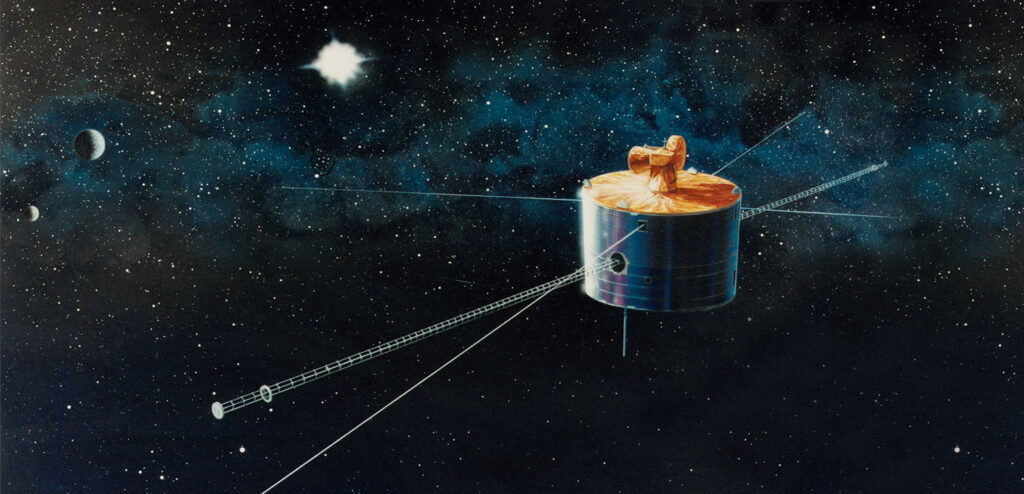NASA decided to complete the Geotail mission. A message about this was published on the website of the aerospace administration.

The Geotail device was built by specialists from NASA and the Japanese Institute of Cosmonautics and Astronautics. It was launched in July 1992. The main purpose of the mission was to study the structure and dynamics of the Earth’s magnetosphere, especially its “tail”. It is formed by a stream of charged particles of the solar wind, which move along the magnetic field lines and leave it, forming a long tail-like region stretching from the night side of the Earth.
To get an opportunity to study the “tail”, Geotail performed a series of complex maneuvers, which included 14 flights of the Moon. This put the device into orbit with a perigee of 51 thousand km and an apogee of 190 thousand km .
The nominal service life of Geotail was four years. But thanks to the successful work, NASA has repeatedly extended its mission. In total, it worked for almost thirty years.
During this time, Geotail made many discoveries, according to the results of which over a thousand scientific articles were written. The mission has made an important contribution to our understanding of how the solar wind interacts with the Earth’s magnetosphere, causing magnetic storms and auroras. The device also helped to determine exactly where the reconnection of power lines takes place. This process is the main “supplier” of material and energy from the Sun to the magnetosphere, initiating auroras. The discovery marked the beginning of the Magnetospheric Multiscale mission, which was launched in 2015.
Geotail also made observations of plasma bubbles shooting out of the tails of the magnetosphere away from the Earth. And during the Moon’s flights, the spacecraft studied its exosphere, finding oxygen, silicon, sodium and aluminum atoms in it.
Over the years, Geotail has experienced a number of breakdowns and failures. Even at the very beginning of the mission, one of its computers froze, but later the engineers managed to reboot the device. In 2012, the spacecraft’s data recorder broke down, after which it was switched to a spare one. Unfortunately, on June 28, 2022, it also failed. Despite all attempts, engineers could not resume its work. As a result, NASA had to announce the end of the mission.
According to https://www.nasa.gov
Follow us on Twitter to get the most interesting space news in time
https://twitter.com/ust_magazine

